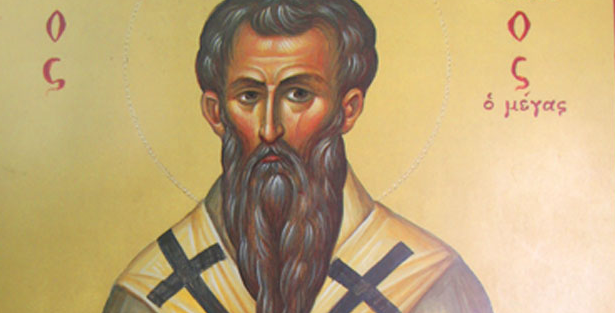Saint Basil and Monastic Development: A Journey Through Faith and Community
Saint Basil the Great, a 4th-century bishop of Caesarea, played a pivotal role in shaping early Christian monasticism. His teachings and practices laid the groundwork for a community-oriented lifestyle that emphasized prayer and service. Understanding Saint Basil’s contributions provides valuable insights into the roots of monastic life and its enduring influence on Christian spirituality today.
The Life of Saint Basil
Saint Basil was born in 330 CE in what is now modern-day Turkey. Coming from a family of believers, he was deeply influenced by his Christian upbringing and pursued studies in rhetoric, philosophy, and theology. His conversion to a life of asceticism led him to establish one of the first organized monastic communities in the region. His approach combined solitude with communal living, emphasizing the importance of both personal prayer and social responsibility. This vision significantly transformed monastic life, making it more accessible and structured for many followers.
The Rule of Saint Basil
One of Saint Basil’s most notable contributions to monasticism is the “Rule of Saint Basil.” This guideline focused on fostering a community life that balanced prayer, work, and service. Unlike the solitary practices of some earlier ascetics, Basil promoted a lifestyle where monks lived together, shared possessions, and participated in daily liturgical worship. This approach not only nurtured spiritual growth but also provided a support system for individuals seeking a deeper faith. The Rule became a foundational text for many Eastern Orthodox monastic communities and continues to influence monastic regulations to this day.
Impact on Monasticism and Wider Church Life
Saint Basil’s vision extended beyond the walls of the monastery. His emphasis on community, education, and charitable works helped integrate monasticism into broader church life. Monasteries often served as centers of learning, producing theological writings and advancing Christian education. Furthermore, Basil’s advocacy for the poor led to the establishment of numerous hospitals and charitable organizations, showcasing how monastic life could contribute to societal welfare. His teachings underscore the belief that spirituality is not a solitary journey but a communal endeavor, which resonates with many Christians today.
Conclusion
Saint Basil’s impact on monastic development remains significant to this day. His teachings and practices forged a path that combined personal faith with community engagement, shaping the landscape of Christianity. For those interested in exploring these themes further, delving into the life of Saint Basil can offer profound lessons on spirituality, community, and service. Consider reading more about his Rule or visiting a local monastery to experience firsthand the lasting legacy of his work.

